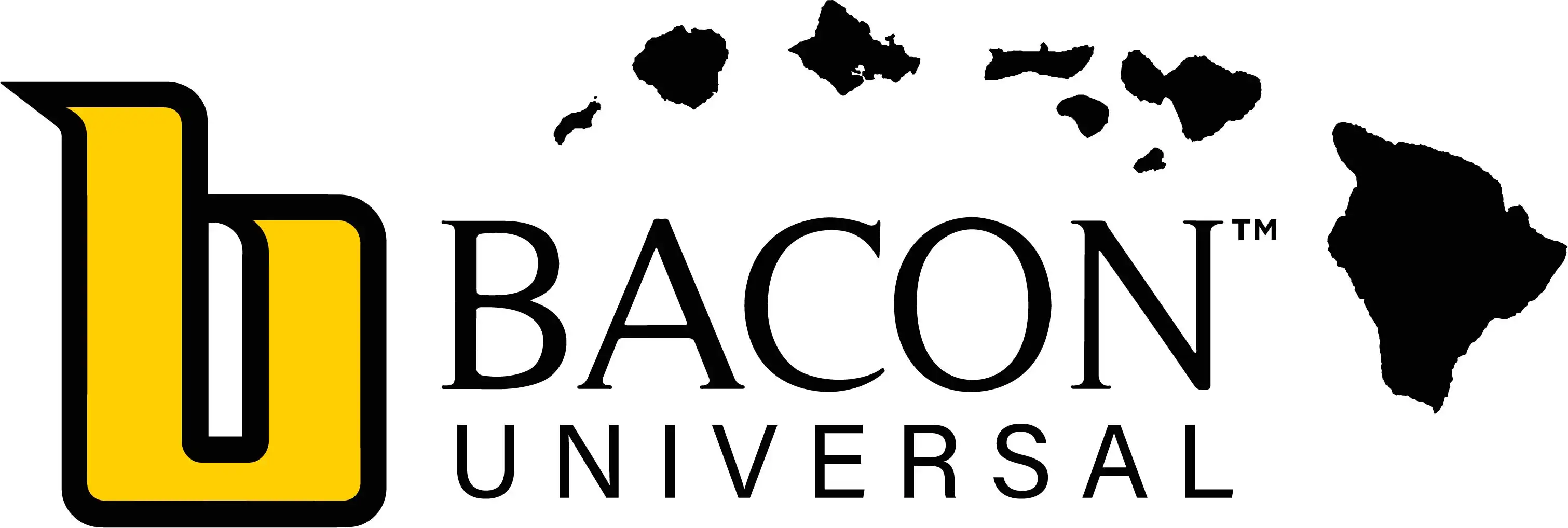Endangered Plant Survives Volcanic Hotspot, But is Challenged by Invasive Species

This Portulaca sclerocarpa (‛Ihi mākole) individual (center) surrounded by invasive grass species is a critically endangered plant. The small metal tag to the right notes the plant’s permanent identification number for long-term monitoring purposes. A WEST Systems fluxmeter (chamber at top) measures carbon dioxide emissions on the soil surface and a probe (black handle at bottom) measures soil temperature. USGS photo by Stephanie Yelenik, November 2019. PC: USGS.
From the U.S. Geological Survey Hawaiian Volcano Observatory Volcano Watch, a weekly article and activity update written by U.S. Geological Survey Hawaiian Volcano Observatory scientists and affiliates.
The following article is written by USGS Pacific Island Ecosystems Research Center research ecologist Stephanie Yelenik and USGS California Volcano Observatory research geologist Jennifer Lewicki.
Endangered plant survives volcanic hotspot, but is challenged by invasive species
Portulaca sclerocarpa (also known as ‛Ihi mākole) is a critically endangered small succulent plant in the purslane family (Portulacaceae). It only occurs on the Island of Hawai‘i and on a small islet off the coast of Lanā‘i. It can be found in various sites in Hawaiʻi Volcanoes National Park, including the Puhimau thermal area.
The Puhimau thermal area, located in the upper East Rift Zone of Kīlauea Volcano has been an area of scientific interest since it was first detected around 1938. Sometime in the mid-1930s, heat and gases migrated to the surface as magma intruded to shallow depths beneath the area. Since then, changes in the chemistry of emitted gases have been associated with additional magma intrusions. Therefore, the Puhimau thermal area may be a potentially valuable site for monitoring the movement of magma in the East Rift Zone. Today, the Puhimau thermal area is about 50 acres (0.2 sq km) in size with hot (as high as about 200 degrees Fahrenheit, or 93degrees Celsius), steaming soils.
While there used to be over 4,000 individual Portulaca plants in the Puhimau thermal area in 1983, there are now fewer than 30 naturally occurring individuals. Because of this, National Park Service staff have grown Portulaca in a greenhouse and worked on various planting projects in the area. Unfortunately, these manually planted individuals also seem to survive in low numbers, and the National Park finds itself wondering which sites might be best for future Portulaca plantings.
USGS biologists have been working with the National Park Service to try to better understand what is negatively affecting Portulaca, reasons that its growth may be limited, and what habitats are best for planting success. This led to a recent collaboration between USGS geologists at the Hawaiian Volcano Observatory (HVO) and USGS biologists at the Pacific Island Ecosystems Research Center (PIERC). The study focused on how gas release at Puhimau may have been affected by the 2018 eruption of Kīlauea, and how the changing nature of the hotspot might affect Portulaca survival and growth. Recent fieldwork explored the soil carbon dioxide (CO2) outgassing and temperatures that these small plants experience, as well as bulk chemistry and isotopic composition of released gases.
It turns out that Portulaca can survive at soil temperatures up to 155 degrees Fahrenheit 68 degrees Celsius), although they may prefer lower temperatures. Competition by invasive grasses introduced in the 1980’s, as well as feeding on seed capsules by invasive rodent species, may be leading to low population growth rates. This creates a bit of a conundrum, because the grasses cannot live in the very hot soils, but then grass-free sites may be too warm for the native Portulaca. On the other hand, seeds that fall into thick grassy patches probably face too much competition for water. Protective wire cages, which were installed around the plants, have failed to keep mice from eating seed capsules. This may help explain the lack of seedlings growing around adult plants over time.
In addition, Puhimau soils tend to be quite thin—only about 12 inches (30 cm) deep. Between the high temperatures and lack of depth, it is likely that soils dry out quite quickly after rainfall events. This makes susceptibility to drought and changing climates another factor that will influence the success of planting sites. Work will continue to try to bolster populations and better understand how to protect this endangered plant by creating a planting guide for managers. The recent study helps provide additional information on the different environmental stressors that Portulaca faces.
Volcano Activity Updates
Kīlauea Volcano is not erupting. Its USGS Volcano Alert level remains at NORMAL.
Kīlauea monitoring data over the past month showed no significant changes. Rates of seismicity were variable but within long-term values. Sulfur dioxide emission rates were low at the summit and below detection limits at Puʻu ʻŌʻō and the lower East Rift Zone. The water lake at the bottom of Halema‘uma‘u continued to slowly expand and deepen.
Mauna Loa is not erupting. Its USGS Volcano Alert level remains at ADVISORY. This alert level does not mean that an eruption is imminent or that progression to an eruption is certain.
This past week, 31 small-magnitude earthquakes were recorded beneath the upper elevations of Mauna Loa; the strongest was a M2.9 on Feb. 9. Deformation indicates continued slow summit inflation. Fumarole temperature and gas concentrations on the Southwest Rift Zone remain stable.
Two earthquakes with three or more felt reports occurred on the Island of Hawaiʻi this past week: a magnitude-2.6 quake 20 km (12 mi) south of Honokaʻa at 23 km (14 mi) depth on Feb. 10 at 10:53 p.m. HST, and a magnitude-3.3 quake 3 km (2 mi) southeast of Fern Acres at 39 km (24 mi) depth on Feb. 5 at 8:32 p.m. HST.
HVO continues to closely monitor both Kīlauea and Mauna Loa for any signs of increased activity.








